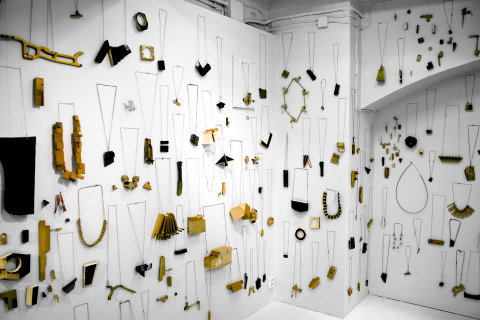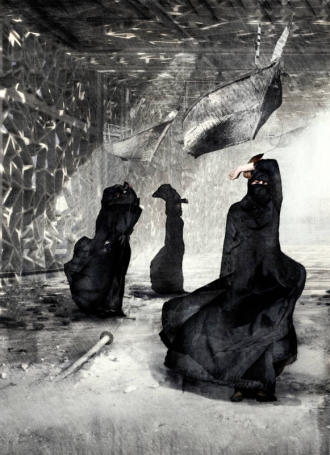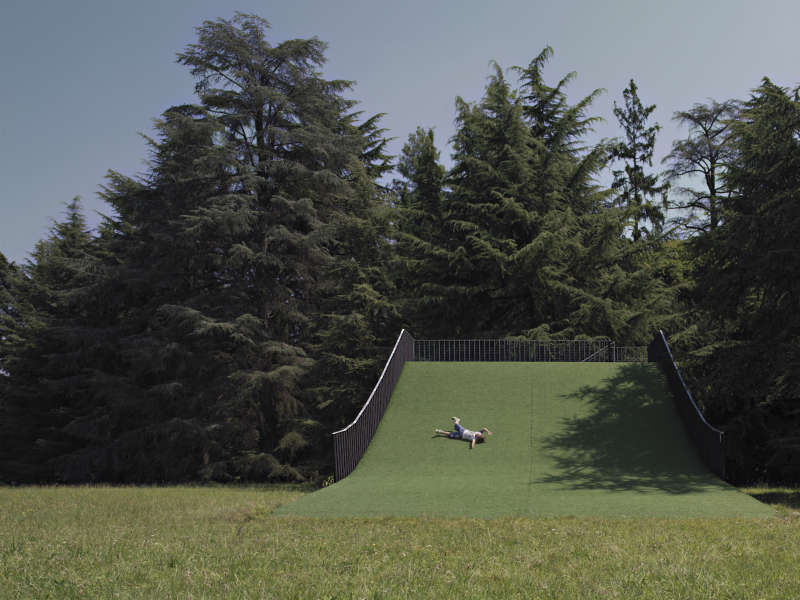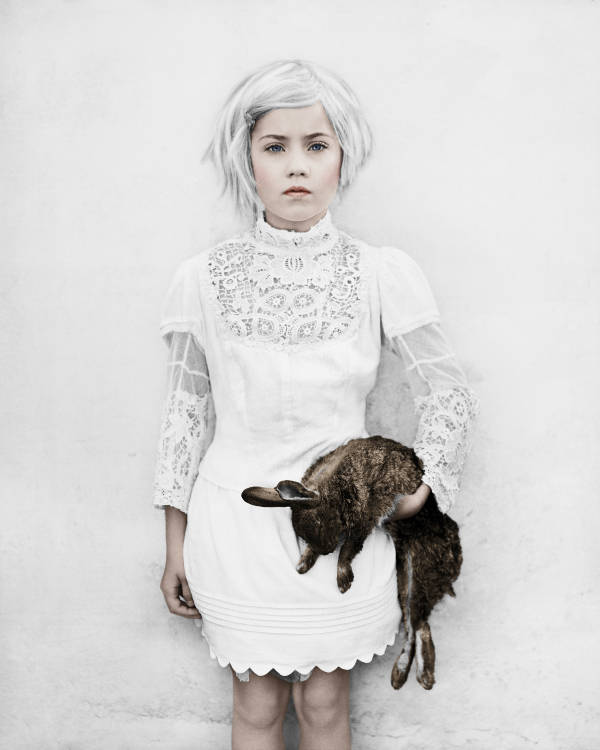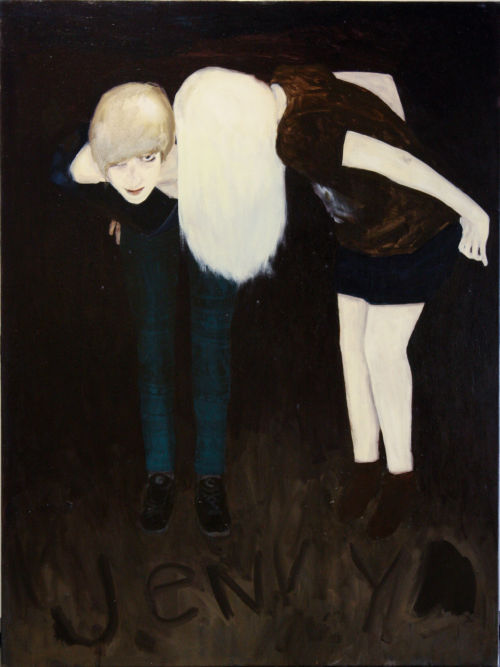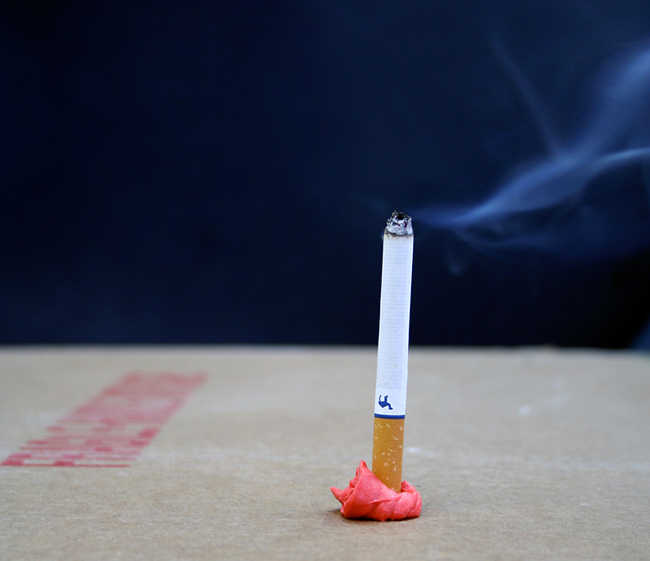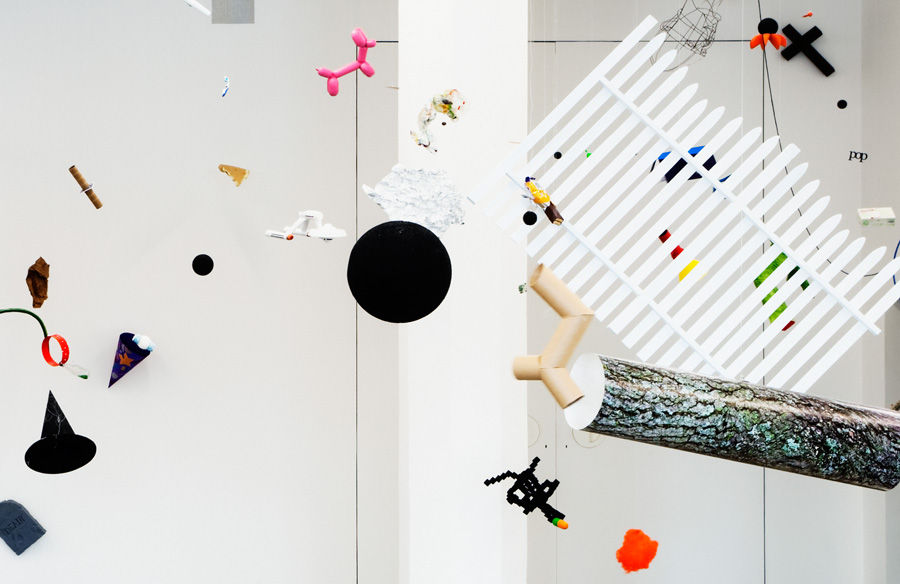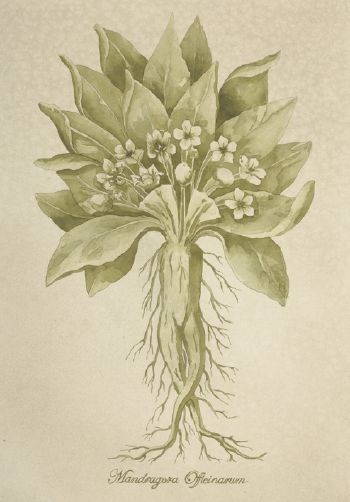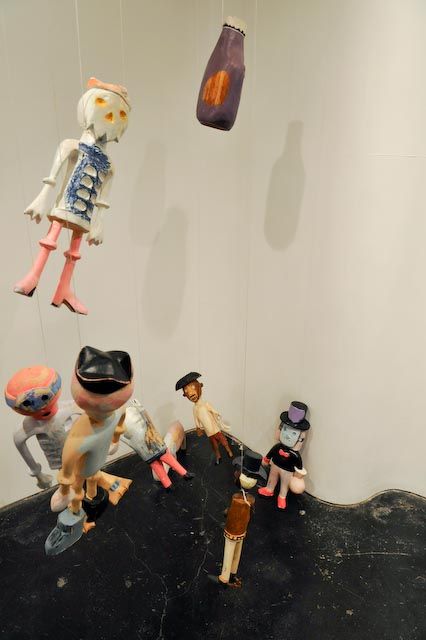| “Aeon Profit—Piano Forte,” 2010, image: A5 |
Works which are strictly labeled as either ‘design’ or ‘craft’ should not be segregated from the realm of contemporary art. Despite the trend to quickly locate and categorize one’s practice, creators actually exist in a melting pot which often stems from a shared goal, concern or historical influence. Academics argue that boundaries between spheres of practice are, in essence, blurred—that each ‘context’ has become a moving target. The exhibition “Aeon Profit—Piano Forte” appears to be influenced by Oulipian constraint-based practice—one which has moulded the works of many, such as writers Italo Calvino and Georges Perec, as well as performance artists Vito Acconci and Janet Cardiff. More »
